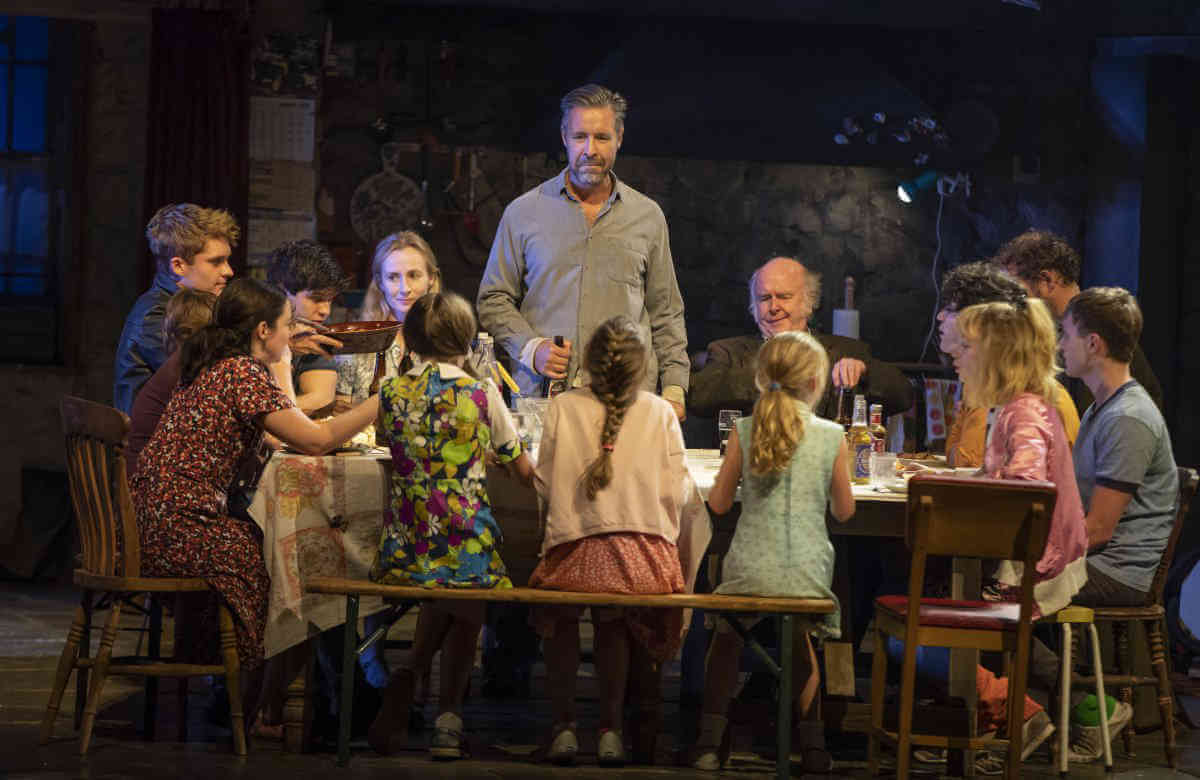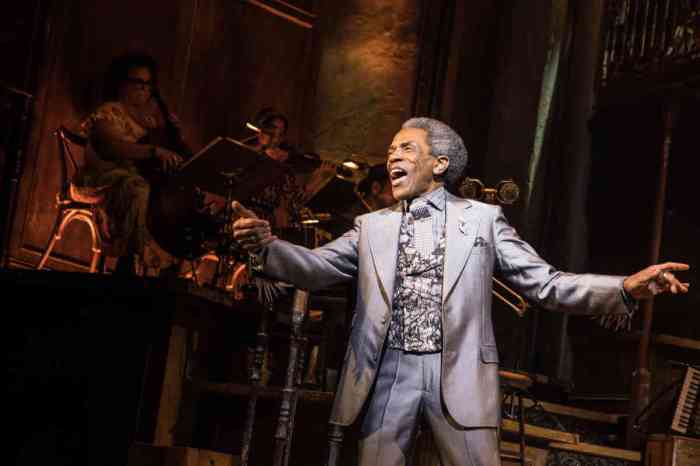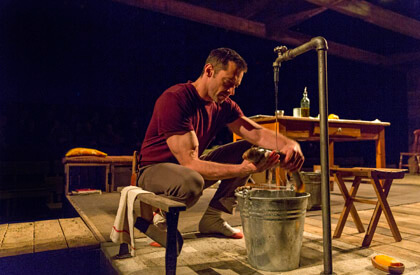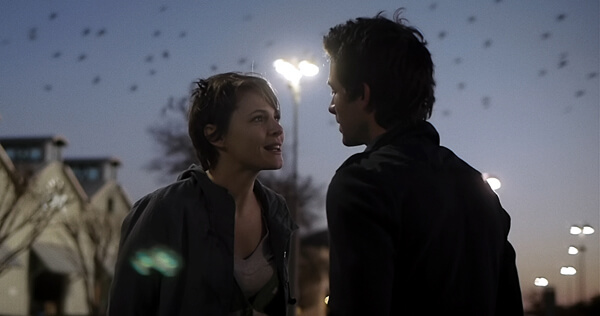Once or twice every decade, a play arrives that is so rich, complex, and beautifully rendered one is reminded of the theater’s primal power to touch the soul. “August: Osage County” was such a play, and now comes “The Ferryman,” Jez Butterworth’s epic tale of a family in Northern Ireland during The Troubles. Combining realism with myth and writing both emotionally raw and lyrical, over the course of three and a quarter hours “The Ferryman” sweeps the audience into its heartbreaking tale. The tragedy at the center of the play is the Carney family’s dawning realization that their seemingly quotidian peaceful lives only barely float above violence and hatred that, in 1981, threatens to erupt at any moment. Their transistor radio blares news of deaths, Irish Republican inmates’ attempts to be deemed political prisoners by staging hunger strikes, and Margaret Thatcher’s refusal to play along.
For the Carneys, the eruption happens when the murdered Seamus Carney’s body is found, eerily preserved, in a bog. In the 10 years since he vanished, his brother Quinn led the family, with his emotionally fragile wife, sister-in law, aunts and uncles, and seven children. On the eve of the harvest — a time of hard work and harder celebration — Muldoon, Quinn’s former commander in the Irish Republican Army, arrives to tell the family to keep quiet about the truth of Seamus’ death… or else.
But that’s just one element of a play that is really a family drama. Quinn is focused on his farm and getting along, even if Aunt Pat is fervently political and Uncle Patrick quotes Virgil. Butterworth has written nearly two dozen characters, each of which is fully realized under Sam Mendes’ brilliant direction. Through uniformly flawless performances, we get to know each person, the family dynamics, and the time and place they are living through.
And we come to understand that despite Quinn’s best efforts to leave the battle behind him, it rages on. This is brought home in a powerful scene in the third act when Quinn’s young cousin Shane, who has arrived to help with the harvest, drunkenly brags about being a fighter, even though he’s little more than an errand boy for Muldoon. It is a chilling and sobering to witness the seductive power of myth as a recruitment tool.
The cast is spectacular, led by Paddy Considine as Quinn, who is matched by Laura Donnelly as his sister-in-law, Seamus’ wife who has lived with Quinn’s family since he disappeared. The two actors give such grounded, quietly intense performances one hangs on their every word. Dearbhla Molloy is excellent as Aunt Pat, and Fionnula Flanagan is Aunt Maggie Far Away, who suffers from dementia but has moments of clarity and is a favorite of the family’s little girls. Tom Glynn-Carney is excellent as Shane, as are Fra Fee, Niall Wright, Michael Quinton McArthur, and Conor MacNeill as the young men.
This is a play rife with imagery that is almost cinematic. The movement of characters around the stage, the use of live animals and a real baby, and so much more give dramatic, non-verbal life to this world. The play’s final image is so compelling that the collective gasp of the audience hung in the air as the lights went down. Then the cheering started.
Elaine May is absolutely luminous in “The Waverly Gallery,” Kenneth Lonergan’s play about a woman slipping into dementia and its corrosive impact on a tightknit family. May fills her portrayal of Gladys Green with nuance and a kind of physicality that will be all-too familiar to anyone who has confronted this illness in real life. Gladys has moments of lucidity where we see who she once was, and her earnestness in asking the same questions over and over in her more confused state is both endearing and heartbreaking, as is her paralyzing fear when so much is changing around her. As we watch the slow disappearance of the once-vibrant Gladys, May seems to become physically smaller and frailer, a specter of her former self. It is a remarkable and unforgettable performance.
Despite this bravura performance, the play itself is slim and unsatisfying. It chronicles Gladys’ decline but gives us little more than a kind of documentary track of a pernicious disease. Gladys’ daughter Ellen is understandably frustrated by what is being asked of her in caring for her mother who had always been independent, even maintaining a small gallery on Waverly Street. Ellen’s husband Howard tries to negotiate the turbulent waters but is largely ineffectual. Their son Daniel lives in the same building with Gladys and ends up taking care of her through some of Gladys’ harrowing episodes of confusion. There is also a young, hopeful artist, Don Bowman, who Gladys gives a show at the small gallery. These characters circle around Gladys, but they exist primarily in reaction to her illness and so come off as flat. The performances by Lucas Hedges as Daniel, Joan Allen as Ellen, David Cromer as Howard, and Michael Cera as Don are all fine, but while we empathize with what they are experiencing, they have no discernible independent journey. The end of the play is foretold in its beginning, and it’s a hopeless and inevitable one. Aside from the joy of watching Elaine May still in top form, this is a grim evening that offers neither catharsis, perspective, nor solace.
THE FERRYMAN | Bernard B. Jacobs Theatre, 242 W. 45th St. | Tue., Thu.-Fri. at 7 p.m.; Wed., Sat. at 1 & 7:30 p.m.; Sun. at 3 p.m. | $59-$175 at telecharge.com or 212-239-6200 | Three hrs., 15 mins., with intermission
THE WAVERLY GALLERY | Golden Theatre, 252 W. 45th St. | Tue., Thu. at 7 p.m.; Wed., Fri.-Sat. at 8 p.m.; Wed., Sat. at 2 p.m.; Sun. at 3 p.m. | $48-$149 at telecharge.com or 212-239-6200 | Two hrs., 15 mins., with intermission










